You must have heard the word CANCER, but do you know what it means?
Here I am going to explain the “causes of lung cancer in smokers and non-smokers” but before explaining this, let me explain to you cancer. So let’s start with the question.
“What is cancer”?

Cancer is an uncontrolled or abnormal growth of cells in any part of the body that can spread to other parts of the body or reside to make a tumor.
Why did it happen, I mean, cancer?

In our body, cells constantly die (A process called apoptosis) and are replaced by new cells. Sometimes the mutation causes the DNA to alter which results in the production of abnormal growth. DNA commands for different actions in the cell so before mutation the gene for division is normal but when the mutation changes the DNA sequence it will then code and command for abnormal division of the cell. Other reasons will be discussed in the “causes” portion of this article.
Is the tumor also cancer?

Yes, a tumor is also a cancer that is caused by overproliferating and abnormal cell growth.
Is the tumor spreading to other parts of the body?
Maybe and maybe not. It may be a benign or malignant tumor.
What are benign and malignant tumors?
Let me explain both of these types to you.
A) Benign tumor:
A benign tumor is not cancerous i.e. which does not spread to the other parts of the body.
Examples:
Following are some of the types of benign tumors that develop in different areas of the body.

- Adenomas (tumor in the epithelial tissue of glands or gland-like structure). E.g prostate adenoma.

- Lipomas (A tumor of fatty tissues).

- Fibromas (A tumor of connective tissue).
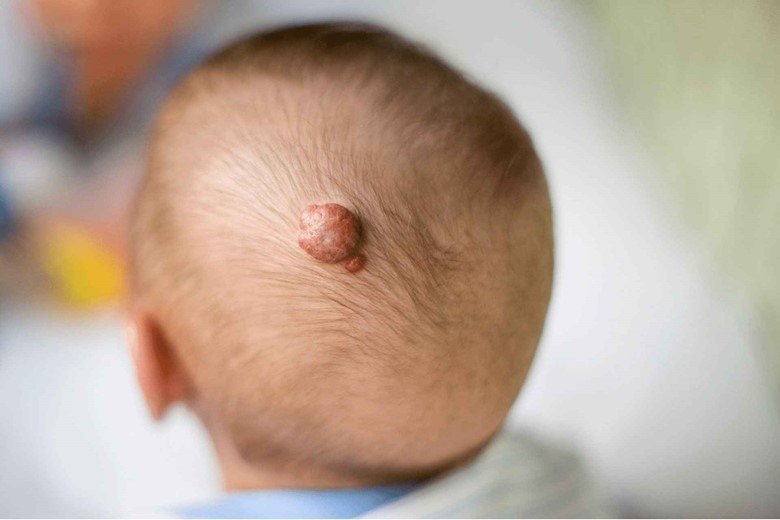
- Hemangiomas (these are the build-up of blood vessels in the internal organs or skin).
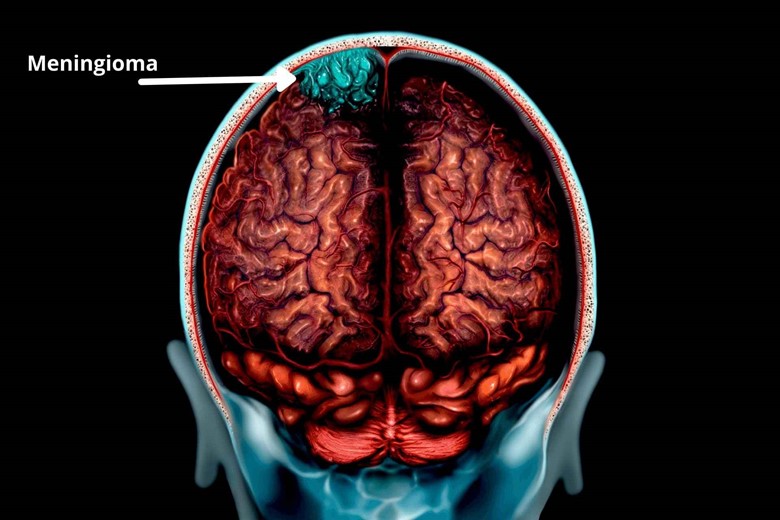
- Meningioma (A tumor that develops in the meninges (A membrane that surrounds and protects the brain and spinal cord)).

- Myomas (A tumor that develops in the muscles).
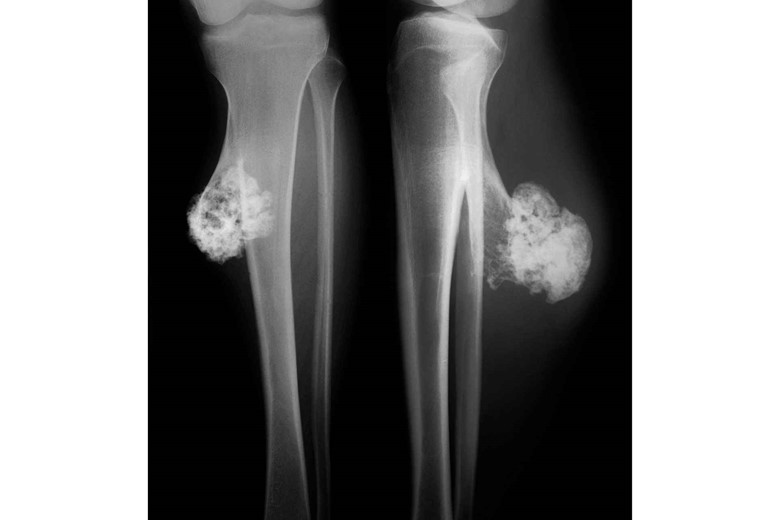
- Osteochondromas (it is the most common type of tumor that occurs in the bones).
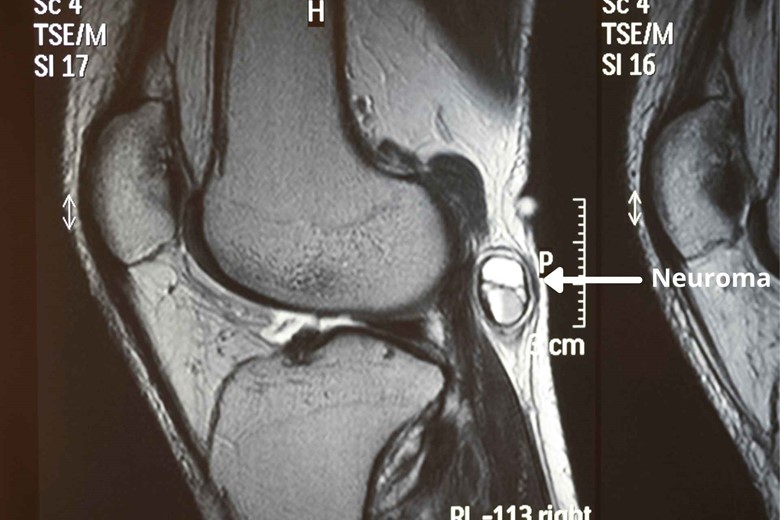
- Neuromas (As the name indicates these benign tumors arise from nerves)
B) Malignant tumor:
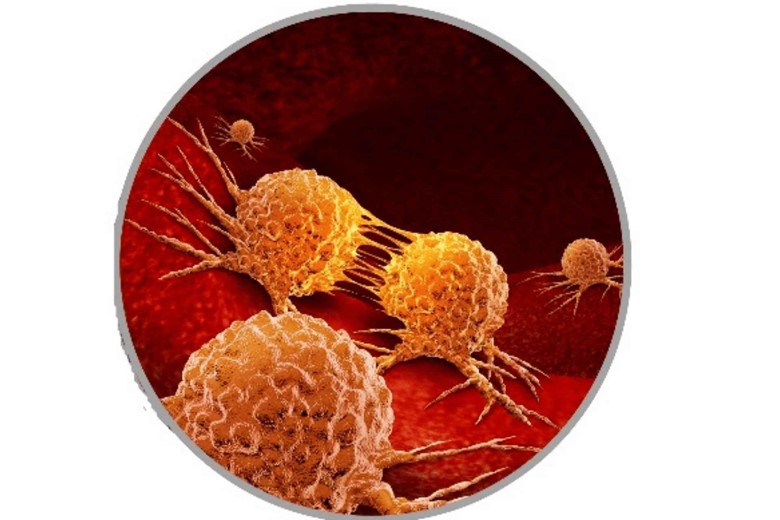
It is real cancer which means the tumor that can spread to the other parts of the body and kill the nearby cells and tissue.
Types of malignant tumors:
I) Carcinoma:
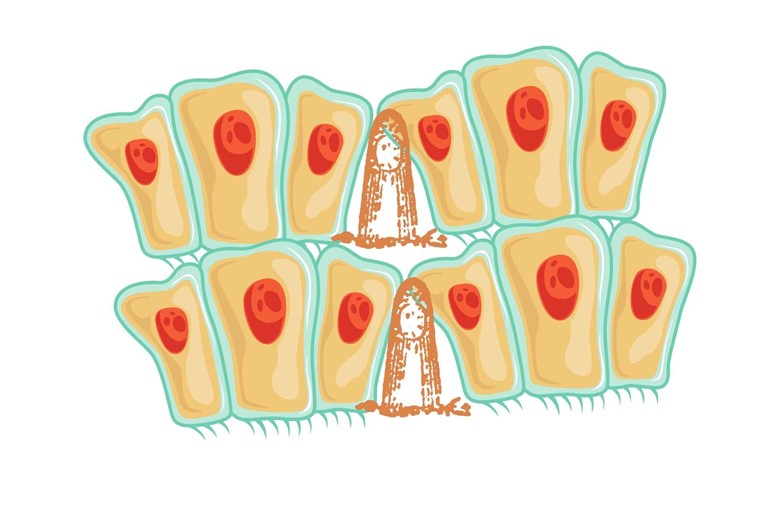
Carcinoma is a cancer or tumor that develops in epithelial tissues and can spread in the body.
Do you know epithelial tissues?
Not much.
Let me explain it to you.
Epithelial tissues are the tissue that covers the outer surfaces of internal organs and other internal surfaces.
Now coming back to carcinoma, carcinoma is still divided into the following types.
i) Adenocarcinoma

Adenocarcinoma is also called glandular cancer because it develops in the epithelial cells of glands.
ii) Basal cell carcinoma

It is the most common type of skin cancer that develops in the lower epidermis (The layer of the skin that covers the dermis). It appears a raised area on the skin with blood vessels running in it. The raised area may have ulceration on it.
iii) Squamous cell carcinoma

Cancer in the squamous cells is called Squamous cell carcinoma.
Let me explain to you the Squamous cell.
Squamous cell is thin, flat, and polygonal (when viewed from above) in appearance.
Their name comes from the Latin word “squāma” which means “scale” as found on fish or snakeskin.
Squamous epithelium is found in lining surfaces such as skin and alveoli of the lung helping in passive diffusion because it provides a smooth and low friction surface through which the fluids move easily.
It is also present in organs like the bladder, kidney, intestine, the lining of the blood vessels, stomach, etc.
iv) Transitional cell carcinoma
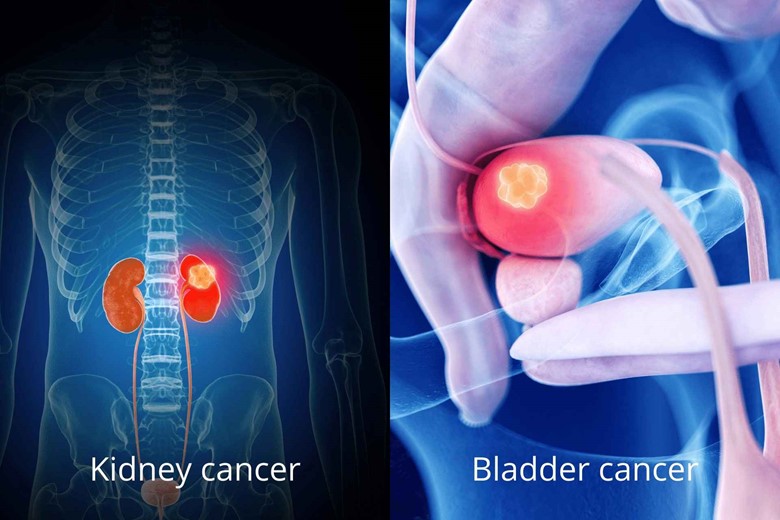
This type of cancer is found in the epithelium of the urinary bladder, ureters, and kidneys.
II) Sarcoma
Sarcoma is a type of cancer that develops in the connective tissues of the body. Connective tissues are the tissues that connect the other types of tissue in the body.
Examples:
It is common in connective tissues like bone, cartilage, tendons, muscles, nerves, and blood vessels, Oral Kaposi’s sarcoma, etc.
III) Lymphoma
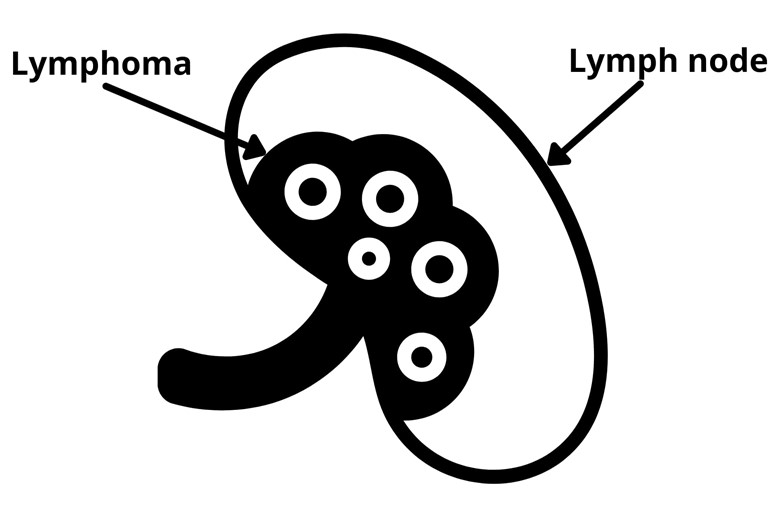
As the name indicates this type of cancer starts in the lymphocytes (Lymphocytes B and T are the main types) of the lymphatic system. The lymphatic system is part of the immune system that fights infection. Lymphocytes are found in the spleen, thymus, lymph nodes, and other parts of the body.
IV) Leukemia

Leukemia is a type of cancer where the number of white blood cells rises abnormally released from bone marrow.
In leukemia, the blood cells are not fully developed and are called blast or Leukemia cells.
But in an infection, the number of WBC (white blood cells) also increases then what is the difference between leukemia?
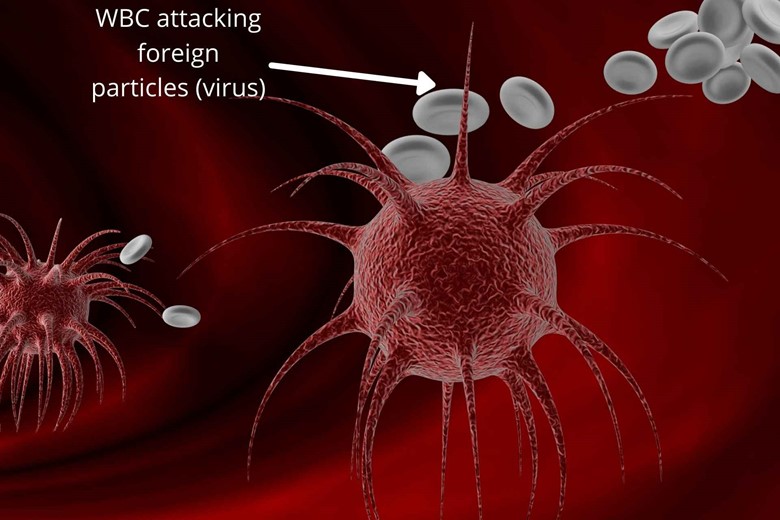
Yes, in an infection, the number of white blood cells (WBC) increases but they are against some foreign particles, microbes, or other agents (called an antigen) that tend to damage the body while in leukemia the number increases abnormally without any antigen.
And what is the difference between lymphoma and leukemia?
The main difference is that lymphoma starts in the lymphatic system and affects the lymph nodes and lymphocytes (B and T) and related organs while leukemia is the high number of white blood cells from bone marrow so leukemia originates in the bone marrow.
Which one is more dangerous?
Leukemia is more dangerous than lymphoma based on the annual death rate. Lymphoma can be treated easily while if leukemia goes to the advanced stage then it is difficult to treat.
Leukemia is more dangerous than lymphoma based on the annual death rate. Lymphoma can be treated easily while if leukemia goes to the advanced stage then it is difficult to treat.
Before going to the causes let’s explain lung cancer a little bit.
Lung cancer:

Lung cancer is also called lung carcinoma, which develops in the lungs.
Is lung cancer malignant or benign?
It can be either malignant or benign depending upon the causes. For example, those who smoke have the highest possibility of a malignant tumor.
A benign tumor is not life-threatening because it would not spread to the other part of the body. Also, it’s growing very slowly so it might shrink by itself and stop growth so it doesn’t need to be removed too.
But malignant tumors can spread to the other part of the body damaging the other organ’s cells and tissues.
Cause of lung cancer in smokers:
In smokers, it is obvious that the cause is smoking, let’s explain smoking in detail.
1. Smoking:
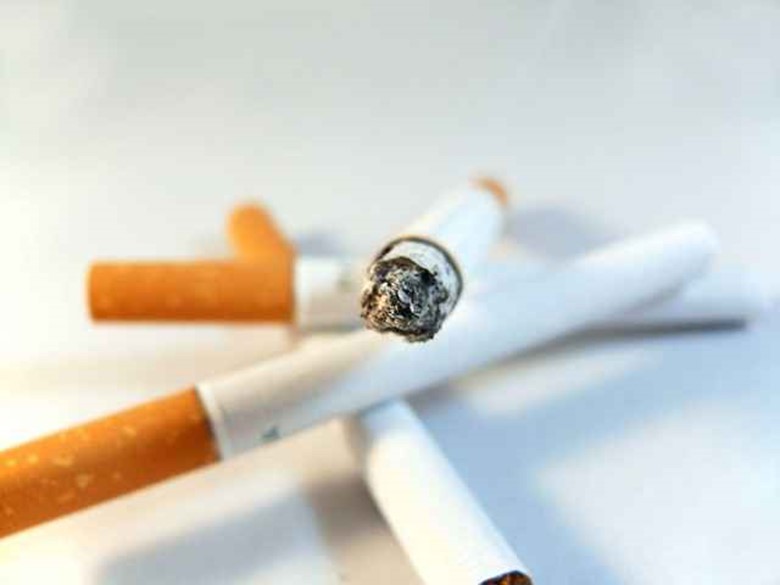
Smoking is the number one cause of lung cancer. About 90% of lung cancer is due to smoking.
According to The American Cancer Society’s estimates for 2020 lung cancer in the United States was:
- About 228,820 new cases of lung cancers were reported of which 116,300 were men and 112,520 were women.
- About 135,720 deaths of which 72,500 were men and 63,220 were women.
Could you please tell us what are the components in cigarette that are carcinogenic and causes lung cancer?
Sure, let’s dive into it.

A cigarette is a cylinder-like structure containing psychoactive materials, typically tobacco that is rolled in thin paper for smoking.
Tobacco contains thousands of components of which hundreds of them are carcinogens (causing cancer).
Tobacco:

Their scientific name is Nicotiana tabacum which is the species of the Nicotiana genus where other different species of Nicotiana are also included.
It grows up to a height of between 1 to 2 meters.
How it is used in cigarettes?

Before it is used in tobacco products tobacco leaves are dried out and fermented and then it is used in these products.
Why does it make a person addicted?
Before going to explain this let me explain to you what is dopamine?
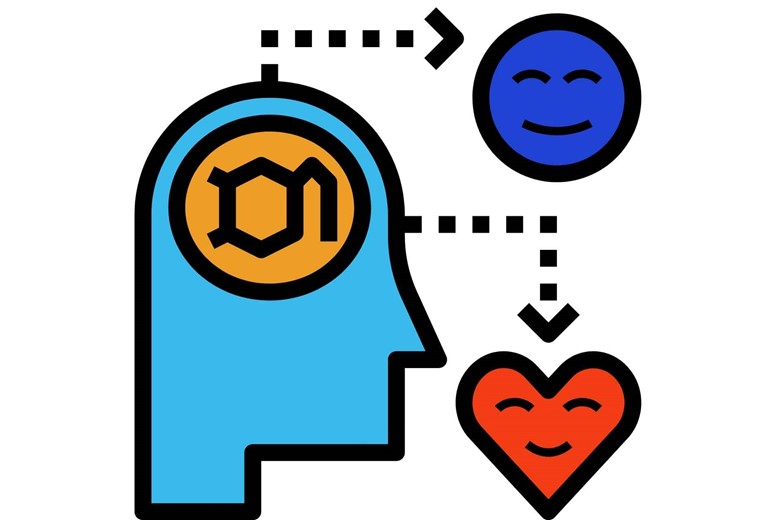
Dopamine is a neurotransmitter that has a pleasant effect on the brain. When nicotine is absorbed into the body it moves to the brain where it binds with the receptor to release more dopamine. The person then smokes more cigarettes so to make the dopamine level high again and to feel pleasure again.

Also when a person smokes the nicotine from tobacco is absorbed by the blood which immediately stimulates the adrenal glands to release the hormones epinephrine (adrenaline). Epinephrine stimulates the nervous system and also increases the heartbeat, breathing, and blood pressure. Due to these reasons, the person becomes addicted to smoking.
How many compounds are present in a cigarette?
More than 6000 compounds are present in a cigarette of which more than 100 are carcinogenic according to the Centers for Disease Control and Prevention.
Here we are going to describe the carcinogenic compounds found in cigarettes.
i. 1,3-Butadiene:
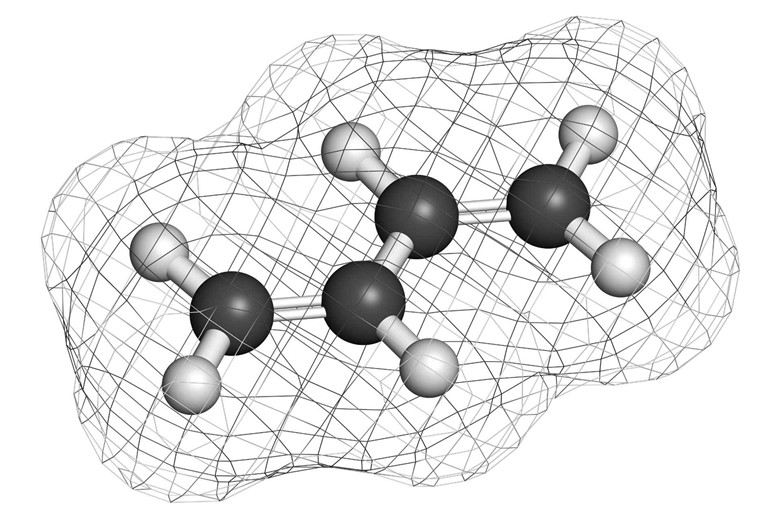
1,3-Butadiene is a compound that is used in the manufacturing of rubber.
International Agency for Research on Cancer (IARC) has classified it as carcinogenic to humans and long-term exposure can lead to leukemia, lymphoma, and lymph node cancers. It can also lead to cardiovascular diseases i.e. rheumatic and arteriosclerotic heart diseases. Moreover, it has also a negative impact on the lungs.
It is released when a smoker burns the cigarette, moreover, cellulose, sugar, and paraffin enhance the release of more 1,3-Butadiene from the cigarette.
ii. Formaldehyde:

Formaldehyde is a colorless flammable gas that has a distinctive odor that can be detected at a very low amount.
Evidence shows that it can cause cancer in the nasopharynx which is the upper part of the throat, blood cancer (leukemia), and other lung tissues.
iii. Cadmium :

Cadmium is used in plastic, dyes, metal accessories, and PVC making. Cadmium is hard to oxidize so it makes a coat around the organ, especially the kidney, and can cause abnormal renal function, also its high concentration in the blood makes the kidneys work harder resulting in renal damage.
It is one of the highly toxic compounds that are present in higher concentrations in leaves of tobacco plants and can lead to lung cancer, and prostate cancer. Also, it damages the liver, bone, and related organs.
iv. Polonium-210 :
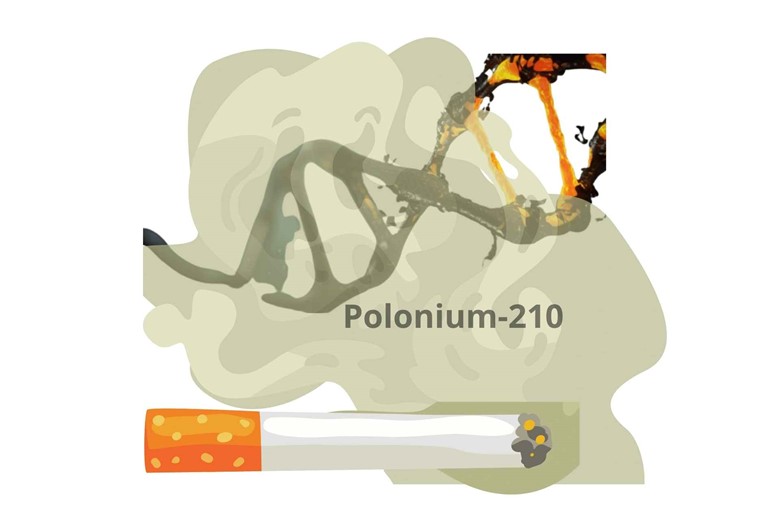
Polonium-210 is a radioactive element that is found in cigarette smoke. Polonium-210 emits a type of radiation called alpha-radiation that seriously damages the DNA. In non-smokers, the skin is enough to prevent this radiation from entering but in smokers, this radiation is inhaled through cigarette smoking which is not filtered because the other chemicals damage the cleaning system of the air passageway so the radiation accumulates in the pathway leading to cancer of the lungs and associated organs.
v. Benzene :
Benzene is a ring-structure compound that is present in cigarettes.
According to The Department of Health and Human Services (DHHS) that long-term exposure to benzene can cause leukemia (blood cancer), bone marrow and can also affect lung tissues.
vi. Arsenic:
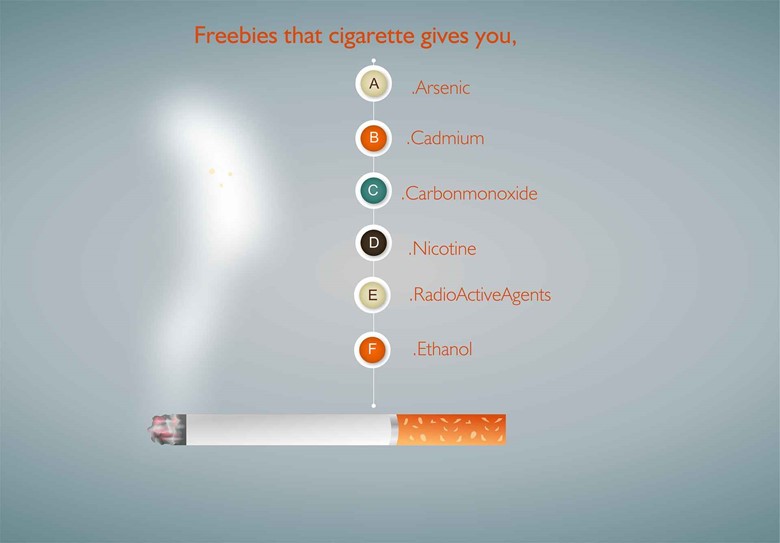
Arsenic is present in both organic and inorganic forms. The organic form is no less toxic while inorganic arsenic is very toxic and is present in cigarette smoke. In some areas or countries, the underground water contains arsenic which is a threat to public health and crops.
Inorganic arsenic in cigarette smoke is linked with lung, skin, bladder, liver, and kidney cancers.
vii. Chromium VI:
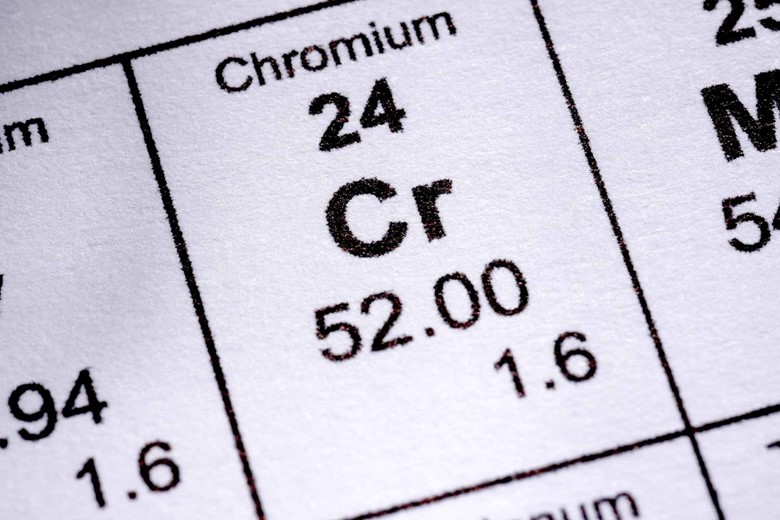
Chromium VI is a compound that is used in paint, dye, alloy metals, ink, and plastic industries.
Chromium VI is reported to cause nasal and oral cancers and can also damage the lung tissues and the cells in their pathway.
viii. Tar:

Tar is a compound that is partially combusted compound emits from the burning of cigarette smoke and it is one of the toxic compounds found in cigarette smoke.
Tar contains major carcinogenic and mutagenic (change the DNA structure) agents.
The staining of the teeth and fingers of the smoker is due to the tar in the cigarette. Not only it stain the teeth and fingers, but Tar also stains the lungs inside and forms a sticky layer on it resulting in lung cancer, emphysema, and other lung diseases.
ix. Carbon monoxide:
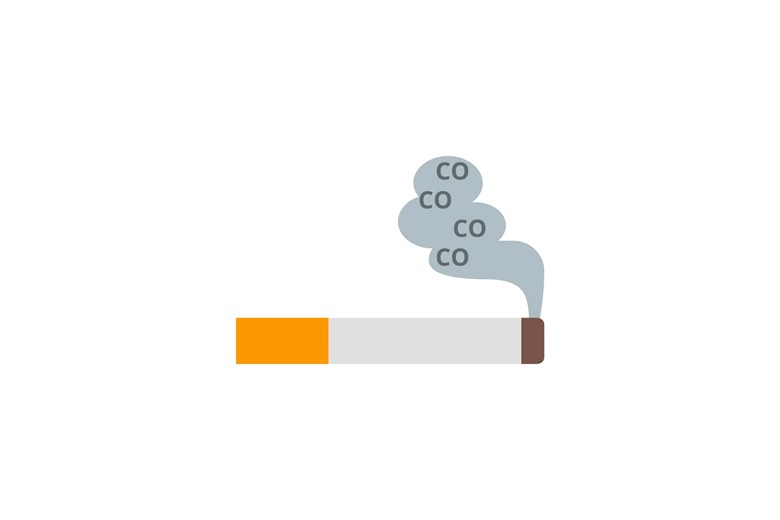
Carbon monoxide is another extremely toxic gas in cigarette smoke. Carbon monoxide has 200 to 300 times more affinity for hemoglobin causing the hemoglobin to carry less oxygen in the body. It also increases the amount of cholesterol to be deposited in the walls of arteries which, over time, leads to the hardening of the arteries. This can lead to cardiovascular diseases like atherosclerosis, arteriosclerosis, heart attack, etc.
x. Vinyl chloride:

Vinyl chloride increases the risks of the various cancers that are:
- Lung cancer
- Brain cancer
- Liver cancer
- Lymphoma
- Leukemia
xi. Tobacco-specific nitrosamine
Tobacco-specific nitrosamines are highly carcinogenic compound that combines with DNA and hemoglobin.
It is present both in cigarette and cigarette smoke.
The other elements are:
- Polycyclic aromatic hydrocarbons
- Ammonia
- Lead
- Beryllium
- Cumene
There are also thousands of other compounds that can cause lung diseases, cardiovascular diseases, and other complications in the body.
Cigarette smokes not only causes cancer of the lungs but it can also result in oral, throat, bronchial, and other organ cancers.
Now, are you clear about the cause of cancer due to smoking
Yes.
Now coming to the causes other than smoking for lung cancer.
In non-smokers, lung cancer can be caused by the following causes.
1. Radon gas exposure
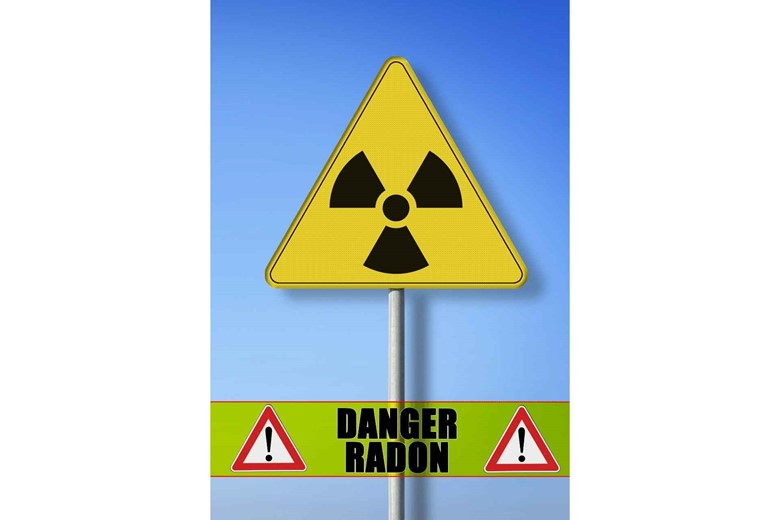
Radon is a colorless, tasteless, and odorless radioactive gas that is derived from the decay of uranium and thorium and it is the number one cause of lung cancer in non-smokers. According to EPA ( United States Environmental Protection Agency), about 21,000 lung cancer in the United States is due to radon exposure of which 2,900 die who never smokes.
Radon gas is present in the soil which travels through gaps and pipes to the homes. According to the United States, Environmental Protection Agency one out of every 15 homes contains a dangerous level of radon that can be detected through a simple test.
2. Second-hand smoke (SHS) or passive smoke
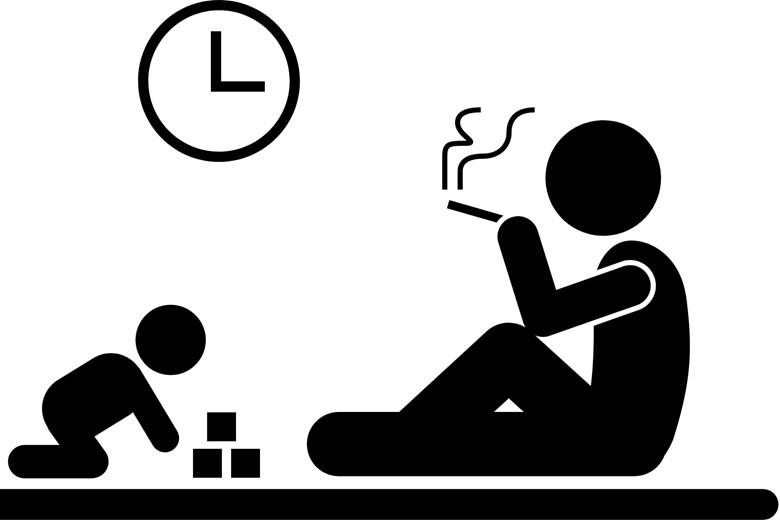
Secondhand smoke is the inhalation of smoke by a non-smoker from another active smoker that is living close to or working with him.
Those who are exposed to secondhand smoke are 25-30% more vulnerable to getting lung cancer than non-smokers.
7,300 annual deaths occur due to secondhand smoke lung cancer in the U.S.
Pregnant women smoking cause more than 1000 infant death annually.
34,000 premature deaths occur every year in the United States due to secondhand smoking leading to heart diseases.
Annually 8000 people die due to stroke caused due to secondhand or passive smoke.
3. Hazardous chemical

Certain chemicals also increase the risk of lung cancer. Working with materials like asbestos, chromium, nickel, cadmium, uranium, and some petroleum (diesel exhausts) is especially dangerous. Most of these compounds are also present in the cigarette.
4. Pollution

Air pollution contains different hazardous particles that can increase the risk of lung cancer in non-smokers. For protection, we need to wear masks while moving in such areas as densely populated cities, etc.
5. Hereditary (Family history)

Sometimes the disease (lung cancer) is due to a genetic disorder i.e family history. It means if your family history has lung cancer from the beginning then it means this disease is due to a defect in the gene despite you caring a lot and protecting yourself. In such a situation you must see the doctor.
Gene is a sequence of DNA that controls a specific character so if there is any change in the gene it will alter the character too leading to disease.
6. Mutation

A mutation is a sudden and permanent heritable change in the DNA sequence that can also lead to cancers and different diseases.
7. Radiation
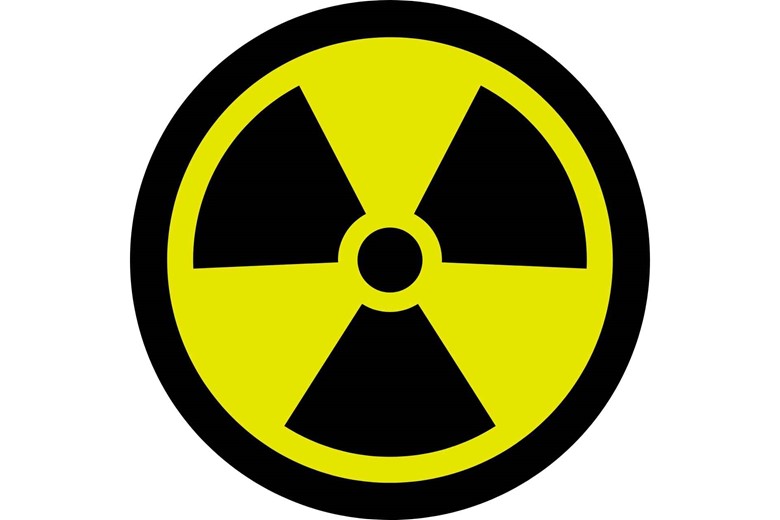
Radiation like x-rays, ultraviolet rays, radon, and nuclear radiation is ionizing radiation that has enough energy to damage DNA and causes serious diseases including cancers (lung cancer, liver cancer, breast cancer, colon cancer, etc)
How can we protect ourselves from these cancers, especially lung cancer?
To protect from cancer, the following habits should be followed.
- Quit smoking

As already explained smoking is the number one cause of lung cancer and other organs. So quitting smoke can prevent you from further damage.
- Take a healthy diet

A healthy diet can prevent most diseases. Take plenty of vegetables and fruits, beans, whole grains, and limit the red meat and processed meat.
- Protect from sunlight

Due to ozone depletion, the dangerous cosmic rays reach the earth which causes skin cancer and other complications. Protection from dangerous sunlight rays is necessary by using the best sunblock or sunscreen.
- Vaccination

Vaccination is necessary to protect from different diseases including cancers.
Summary/conclusion:
So it is concluded from the whole discussion that the “Causes of lung cancer in smokers and non-smokers” are cigarette smoke and secondhand (passive) smoking, air pollination, and radiation respectively. Cigarette smoke not even causes only lung cancer but can lead to many cancers i.e. oral cancer, throat cancer, liver cancer, and cardiovascular diseases. So if someone is smoking, the first step to prevent lung cancer is to quit smoking while non-smokers need to use special precautions such as wearing face masks for air pollution, keeping away from radiation, and protecting themselves from the cosmic rays of the sun by using sunscreen or sunblock, etc.
your suggestions and comments are highly appreciated.
What other factors contribute to lung cancer, tell me in the comment section.





